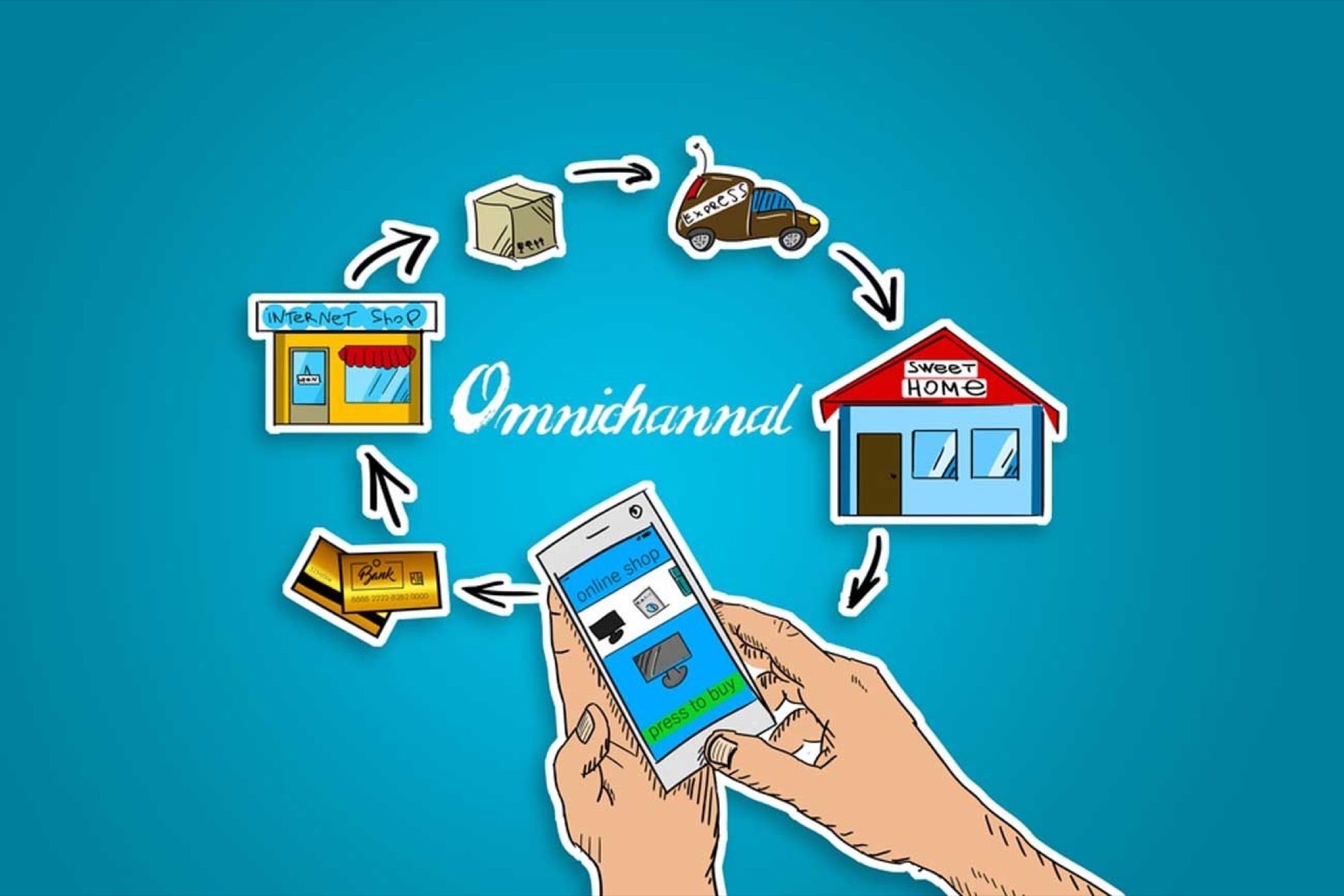#5 Retail Technology Trends to Watch-out For in 2018 A retailer in India has to be pragmatic enough to understand the market dynamics, accept the technological disruptions and adapt accordingly
Opinions expressed by Entrepreneur contributors are their own.
You're reading Entrepreneur India, an international franchise of Entrepreneur Media.

The Retail in India has been undergoing significant transformations since the past decade and change will be the only constant in the coming future. Widespread use of mobiles and Internet has facilitated the proliferation of choice and has allowed the customers to push the boundaries of shopping. For retailing to remain relevant and vibrant, the industry has to accept the influence of technology and provide the customers with a seamless shopping experience.
Although there are multiple challenges when it comes to offline retailing but no ability to track the customer behaviour, personalization, recommendations are few front seat drivers for tech adoption.
Trends
Knowing your Customer
The profile of the consumers is evolving rapidly, and so are their preferences. They are more aware of the products and services offered and want the latest technology at their disposal. Understanding the shopper better and creating a need-based solution should be the focus of retailers, instead of just spraying and praying. Nowadays a customer's brand loyalty is influenced by a variety of factors such as brand image, accessibility, availability, pricing and reviews on the social media platform. The game-changing advances in the technology domain have made it easier for retailers to positively react to the ever-changing business trends. Technologies will help to track, discover and respond to in-store shopper behaviour.
Moving beyond the four-walls
With the rapid expansion of the E-commerce and M-commerce and the exponential rise in the usage of powerful smartphones, the line separating the online and offline sector becomes more and more blur. Sooner rather than later, Omni-channel retailing will turn out to be the way everyone shops and no more be a choice for retailers to be profitable. Due to the convenience and superior customer experience facilitated by an omnichannel network, shoppers will spend more and more than they would on a single channel. Establishing the universal experience on multiple channels beyond the store will help retailers to surpass customer expectations while keeping toe to toe with evolving technology and set new standards.
Operational Efficiency is the name of game
With inventory distortion touching the 20%+ mark, it is important to understand, discover and meticulously plan the entire supply chain. Analysing what the shoppers are buying from the store is important, but what they are liking is also a metric that should not be ignored.
Using Enterprise mobility effectively in stores and warehouses will help retailers understand the value of technology in taking their business to the next level of growth. Increased operational efficiency will help organisations to connect all the little functional pieces together to form the complete picture. Not working at complete operational efficiency will cost you profit.
Immersive Shopping Experience
Brick-and-mortar spaces help in encouraging direct and significant relationships with the shoppers, and these immersive experiences will turn out to be indispensable as technology will enable shoppers to control their shopping experiences. These stores will be the perfect avenues for collaborations and experiences that cannot be provided online. E-commerce platforms are perfect for shoppers who know exactly what they are looking for, but physical stores will never lose their importance in the retail fraternity. The big brands have started creating immersive retail experiences for their customers and as the customers' expectations rise, smaller brands will follow suit.
Predict and Plan
The modern-day shopper is smart, tech-savvy and more demanding, so in order to spark some interest and earn his trust, it is important to connect with him in an innovative, engaging and personalised fashion. Retailers are now storing, sharing and utilizing more and more user information and preferences so that they are able to align their shopping strategies accordingly. With tons of data available for perusal, decision-making will not only rest on the capacity to track current preferences but also on the ability to predict the future trends and patterns using artificial intelligence and machine learning platforms. The ability to extract high value from this big data is going to define the new market leaders.
The Indian Retail market is diverse, unorganised and under-penetrated. Thus there is a lot of opportunity for establishment and growth. But the retailer has to be pragmatic enough to understand the dynamics, accept the technological disruptions and adapt accordingly.
Shoppers desire choices in every field; be it in the case of browsing for products, shopping or in terms of check-out. Thus it becomes an uphill battle for the retailers to be at pace with these rapidly evolving dynamics.












